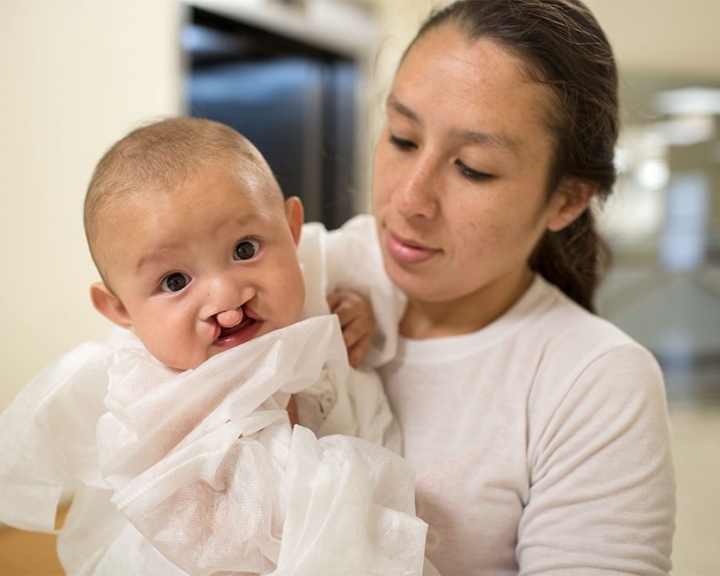Diagnosis: Become Cleft Aware


What exactly is Cleft?
A cleft occurs when certain body parts and structures do not fuse together during early foetal development. Clefts can involve the lip and/or the roof of the mouth, which is made up of both the hard and soft palate. Cleft lip and/or palate can be unilateral, involving only one side of the mouth and face, or bilateral, involving both sides. Clefts are one of the most common birth defects in many developing countries, and globally an estimated 1 in every 700 newborns have a cleft lip and/or palate.

How is Cleft Diagnosed?
Cleft lip and/or palate can be diagnosed during pregnancy, as early as the 13th week. A cleft lip can be seen on an ultrasound, but a cleft palate is much more difficult to detect. Early diagnosis can support a family in understanding the care their new baby may potentially need. If the cleft is not detected in utero, it can be detected upon birth, and the family should immediately be referred to an experienced cleft team.

What Causes Cleft Lip and Palate
The exact cause of a cleft is not known in the majority of cases. It is often caused by a combination of environmental factors and genes that are passed from the child’s birth parents. It is never one parent or the child’s fault that a cleft develops.
